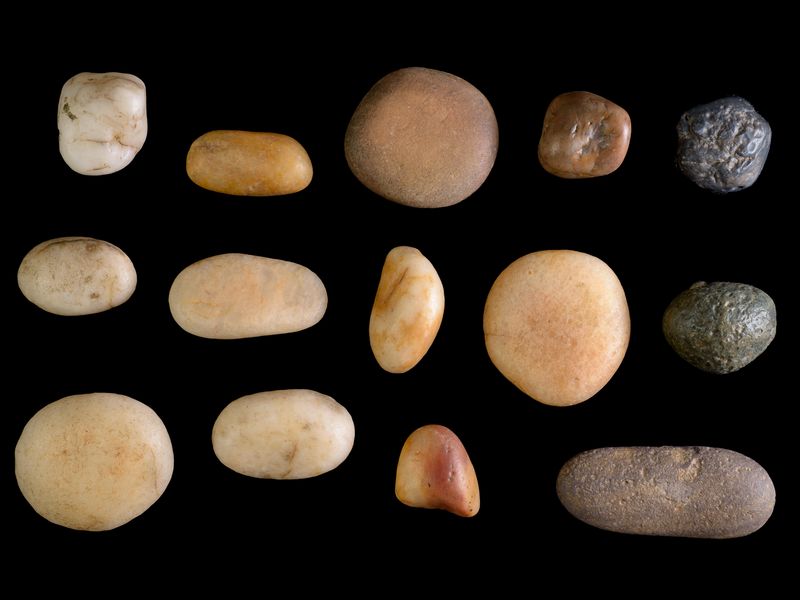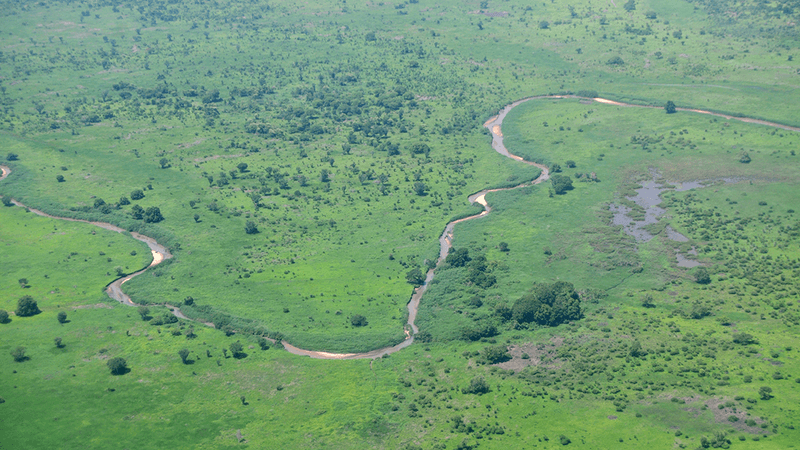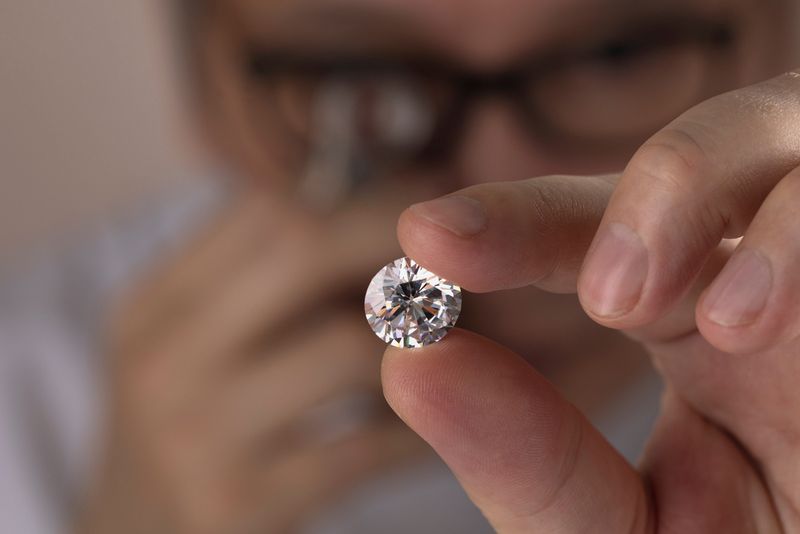During the 1990s, locals and archaeologists recovered some unusual items in the mountains of the Eilat region in Southern Israel, on a route that was often taken by pilgrims traveling to Mecca. Now, researchers believe the items were used by types of sorcerers who performed popular magic ceremonies.
The research was conducted by Dr Itamar Taxel of the Israel Antiquities Authority, Dr Uzi Avner of the Dead Sea-Arava Science Center, and Dr Nitzan Amitai-Preiss of the Hebrew University of Jerusalem, who analyzed the artifacts discovered over 30 years ago. According to their work, these items were used to ward off the evil eye and heal diseases, among other things, by people who lived about 400 years ago.
“This discovery reveals that people in the Early Ottoman Period – just as today – consulted popular sorcerers, alongside the formal belief in the official religion,” the authors explained in a statement emailed to IFLScience.
“The group of finds is associated with rituals or ceremonies and comprises predominantly dozens of fragments of clay globular rattles, mostly similar to table tennis balls, containing small stones, that sound when the rattle was shaken.”
In addition, excavations also recovered various other artifacts, including two objects that are similar to votive incense altars, some quartz pebbles, and some figurines, one of which is of a naked woman or a goddess displaying raised hands – which is characteristic of representations of deities or priests.

The clay used for the ceramics, the team argue, came from Egypt, and represents the first of its kind to be recovered from a temporary site and not a permanent settlement.
The artifacts were excavated at a site next to the Pilgrimage Road (Darb al-Hajj) that extended from Cairo and crossed the Sinai Peninsula, continuing into the mountainous region of Eilat and onto the Arabian Peninsula. For centuries (from the 7th to the 19th century CE), this route was popular for Muslims traveling to and from Mecca as part of the annual Hajj journey. This pilgrimage draws Muslims from across the world together and takes place during Dhul Hijjah, the final month of the Islamic calendar.
Along this trail, camping sites and structures were set up to serve the pilgrims as they traveled, several of which have been uncovered in the Eilat Mountains. According to Taxel, Avner, and Amitai-Preiss, the main timeframe in which these structures appeared was during the Mamluk and Ottoman periods, which spans the time between the 13th and 14th centuries onwards.
“The find-spot of these artifacts next to the camping site, and the comparison of the artifacts to those known in the Muslim world, as well as the fact that these artifacts were found together as a group, lead to the understanding that they were used in magical rituals” the three researchers state.
Most of the artifacts have been broken, which may have been a deliberate part of the ceremonies they appeared in.
“It [seems] that these rituals were carried out at the site by one or several people who specialized in popular magical ceremonies. From the literary sources, we know that there was a demand for magical rituals among people from different strands of society. Such rituals were carried out daily alongside the formal religious rituals – including in the Muslim world – and it is probable that the pilgrims making their way to the holy cities of Mecca and Medina were no exception.”
The road and its accompanying archaeological sites will become part of a new and unique regional tourist area that will be promoted by the Ministry of Tourism, while the Israel Antiquities Authority will undertake the development of educational events and activities that emphasize the area’s cultural heritage.
The study is published in the Journal of Material Cultures in the Muslim World.




